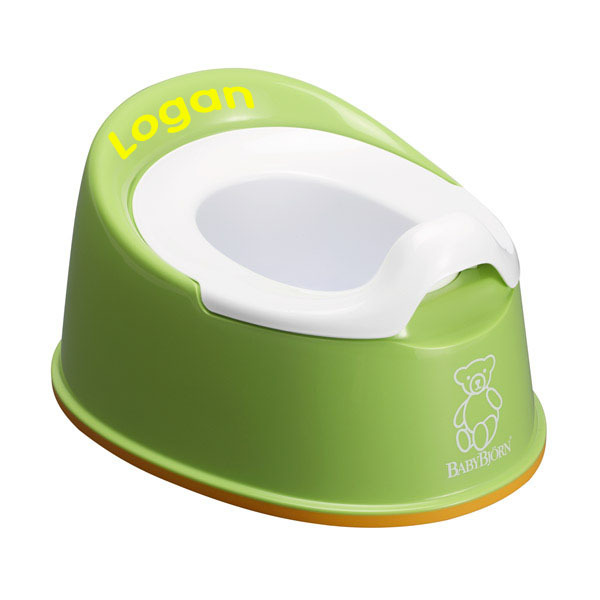Potty-training, according to Johns Hopkins Medicine, is teaching a child to recognize his or her body signals for urinating, having a bowel movement and using a potty-chair or toilet correctly and at the appropriate times. The timing and the process involved in potty-training is different for every child. There is no right age, but the readiness of the child. Also, there isn’t a “one way fits all” guideline to potty-train a child.
This article is available in audio
To record success in potty-training a child, we must ensure that the child has gained control over his bowel and bladder muscles. This comes with the child’s growth and development. If this is done too early, when the child is yet to have the control of his muscles, frustration might set in for both the child and the parent.
However, there are some signs that the child will begin to show that would help parents and caregivers to know when a child is ready to be potty-trained.
 Some of these signs are
Some of these signs are
• Dry diaper for about 2 hours or more
• Gives signal when he needs to pee or poo (pointing to potty or towards the toilet)
• Cries to show discomfort from a wet diaper
• Suddenly develops an interest in a potty
• Pulls off diaper when he or she is pressed
• Follows parents or caregivers to toilet
The Process:
• Ensure the child has a child-sized potty to himself or herself in the toilet
• You could model how the potty is used by having your child see you go to the toilet, sit on the toilet seat and doing the “thingy!”
• Show your child that it’s a normal process, one of the activities of daily living
• Make it a pleasant experience; decorate the space where you have your child’s potty
• Never use words that will put the child off using a potty. The use of words such as dirty and stinky in the description of bowel movements and urine should be avoided
• Make available every other material that the child would need in the toilet: wipes, tissue paper, hand wash, hand sanitizer, hand towel (for the child), posters to show the sequence of the activity.
Once the child is familiar with the process, a regular routine is the key to a successful potty-training session. The routine could be early morning ritual – or after a nap and/or meal. You could also make it a bedtime routine.
As the child makes progress with the above, you should consider introducing training pants. This will enhance his or her transition to independence. Remember to praise your child’s efforts every step of the way.

